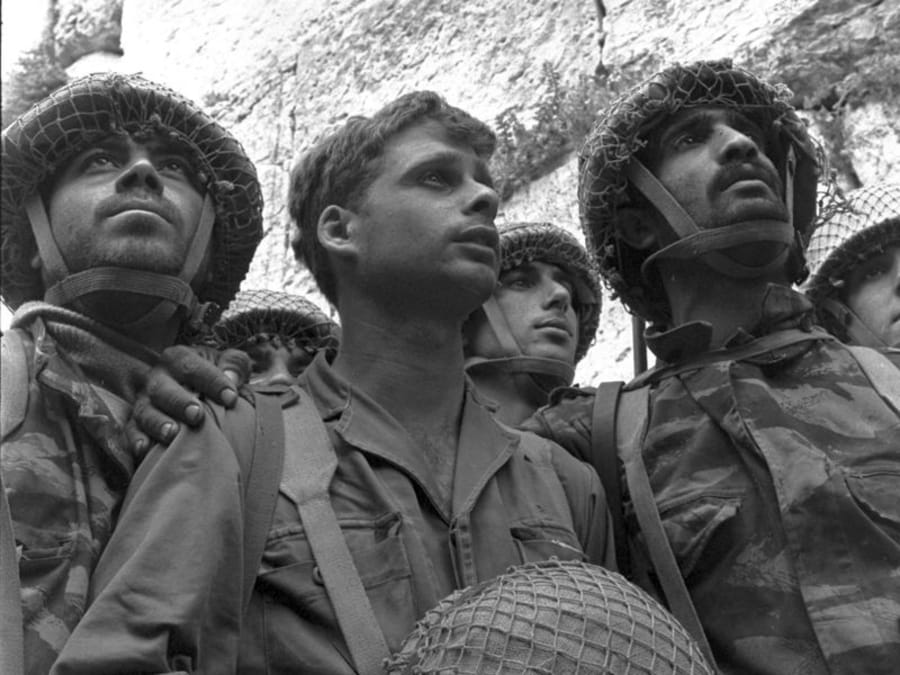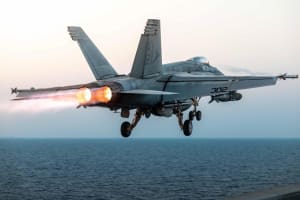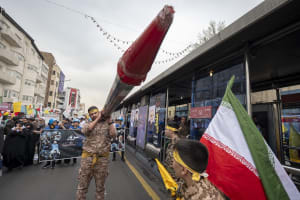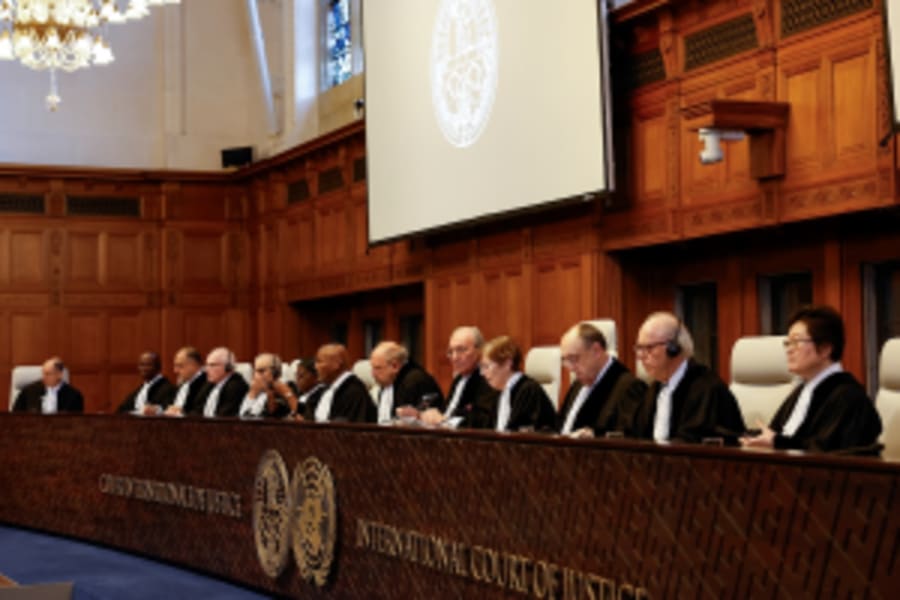Unanticipated outcome of Israel's Six-Day War: The liberation of Jerusalem
Part 2 in a series that looks back at that pivotal war in 1967

Israel’s victory in the Six-Day War of 1967 led to significant political and military advancements for the Jewish state in the decades that followed and resulted in some unanticipated outcomes apart from tripling the size of the small nation.
In Part 1 of the series, we explored the opening moments of the controversial five-day war between Israel and its Arab neighbors which began on June 5, 1967.
In Part 2, we will remember the unintentional liberation of the nation’s capital, Jerusalem, which had been seized by Jordan in 1948.
Israel had suffered a tremendous loss when the Old City of Jerusalem was seized by Jordan. For nearly 20 years, the city continued to remain under Jordanian control, including access to the Temple Mount and Western Wall.
In the spring of 1967, Egypt’s then-President Gamal Abdel Nasser, a veteran who had fought against Israel in the War of Independence in 1948, sought revenge for his nation. After United Nations peacekeepers complied with the Egyptian leader’s request to expel UN peacekeeper forces in Sinai, Egyptian troops massed near the border with Israel. However, it was the signing of the Jordan-Egypt defense agreement by Nasser and King Hussein of Jordan on May 30 that prompted one of the most unforeseen outcomes of the war: The liberation of the city of Jerusalem.
Declassified intelligence later revealed that in May 1967 King Hussein was not only certain of the impending war with Israel but was even more fearful of Jordan’s defeat. The optimism for an Israeli victory was not shared by all commanders of the Israel Defense Forces.
By the mid-1960s, a division had developed between Israel’s political and military leaders, which fostered feelings of mistrust and an overall lack of confidence. Then-Israeli Prime Minister Levi Eshkol delivered a poorly-received speech mere days before the onset of the war. Many feared at the time that the outbreak of the conflict between Israel and her Arab neighbors would result not only in the defeat of Israel’s military forces but the nation itself.
The rapid success of the Israeli Air Force Operation FOCUS proved the pessimists wrong.
The momentum achieved with the opening air offensive on June 5 carried over in the following days as the IDF secured holdings in the Sinai Desert and Gaza Strip. Jordanian action in West Jerusalem proved to be significant as it prompted a rapid, haphazard response from Israeli troops.
Remarkably, by the fifth day of the war, Israel’s political and military leadership were faced with the unforeseen decision of whether to issue an order to invade the Old City of Jerusalem.
On the ground, Colonel Mordechai “Motta” Gur weighed the arduous decision to invade, calling it the hardest challenge of his life. Gur felt the weight of the potential scorn and disdain the IDF would suffer by being near the Old City if they did not attempt to liberate it. In his memoir, “The Battle for Jerusalem,” Gur lamented the idea of being “despised forever as the man who stood outside the Temple Mount and had not entered it because he was too timid to act on his own.” However, fate had a central role for him in securing Jerusalem.
In the hours leading up to Parachute Brigade 55’s covert action to enter first into the Old City, Israeli victory was not certain nor guaranteed. Every strategic option pointed to an impending defeat. Finally, it was decided to surround the Holy City as rumors swirled that the Jordanian Army was ready to surrender. In contrast, intermittent sniping and bombardments launched from behind the city suggested a strong Jordanian resolve to fight.
As the night wore on, battle plans were continually debated. The only possible hope for achieving an offensive advantage against the fortified city was to attack from the east, a strategy that had not been successfully executed since the days of biblical King David.
The final order for the strike did not come down until 8:04 a.m. on June 7, with zero hour set for 0900. Israeli forces pushed into the city relatively uncontested as many Jordanian troops had fled the city overnight. By 10 a.m., having already reached the Temple Mount, Colonel Gur, called for a ceasefire.
Within moments, Israeli troops hurried down narrow alleys, eager to set their eyes on a site not seen by the Jews for 19 years: The Western Wall.
The significance and solemnity of the historic moment was not lost on anyone, as was echoed in Gur’s address to his troops on the Temple Mount. He recounted the long history of Jews who had paid the ultimate price for securing Jerusalem, only to have it lost in 1948.
“The great privilege of finishing the circle at long last, of giving back to the nation its capital, its center of sanctity, has been given to you,” the colonel said in his speech.
Though not an initial objective of the Six-Day War, the liberation and reunification of the city, after more than 2,000 years is remembered and celebrated in the annual national holiday, “Yom Yerushalayim,” which is Jerusalem Day.

Though an educator for more than twenty years, following her return to school to earn a master’s degree in military history at Norwich University, Tara Simpson began working as a freelance writer for both the Stars and Stripes newspaper and ABC-CLIO reference publications. Inspired by her grandparents’ service in World War II and beyond, Tara has specialized in research and writing on early twentieth century military history for over a decade. She is now as a Doctoral student at Liberty University with her dissertation research focusing on Israel’s early and modern military history.














